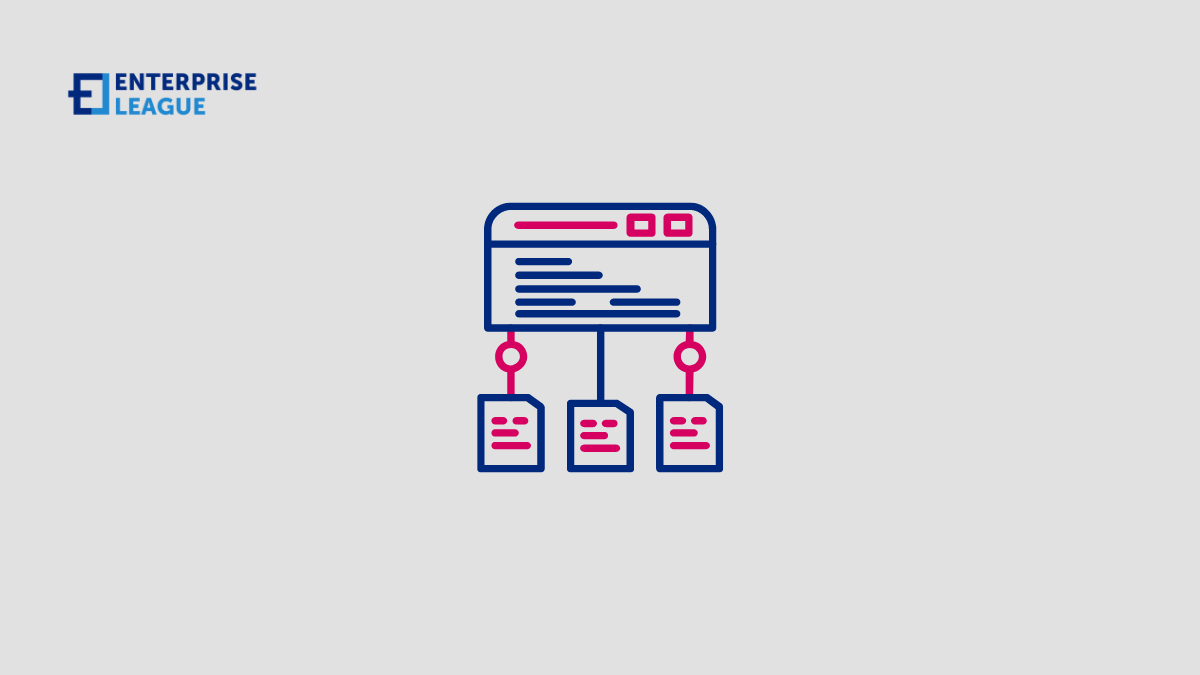There are various ways to store your data in one place, such as using portable flash memory thumb drives, network-attached storage, and cloud services. But sometimes, it can be difficult to figure out the best route. This is especially true for reports that have many different sources and layers of information. Such reports may be hard to read and understand.
5 steps for simplifying your report and data flow
Thankfully, you can take steps to simplify your report and data flow. Read on to learn how.
Create templates
One thing you can do is to consider using templates that are easy to use, such as Google sheets. Google sheets will make your data simpler and easier to read since it allows anyone from your team to edit part of the data.
Moreover, you could consider using applications for analyzing data patterns, such as Salesforce. To achieve effective results, you’ll have to connect Salesforce to Google Sheets. This is a simple process but requires three things: a Google account, a Google Sheets template, and your Salesforce credentials. To start connecting Salesforce to Google Sheets, you’ll need your email address (or business name) and password for your Google account.
You can save time by using the Google sheets templates for reports, data flows, and data sources. For example, if you have a standard report that combines multiple data sources and formats the results in a specific way, you can just select a suitable template for it. This will allow you—or anyone else who uses it—to change the report’s settings quickly when you run it again. Additionally, that’ll make your reports easier to create and simpler for the reader to follow.
Find another pair of eyes on your data
Pull the full data export and go through it with a buyer or a partner from your team. This means you should get a fresh pair of eyes on your data. It’s especially important to have another person review the data closely if you’re the one who created them in the first place. You might be familiar with all the details but might have missed something, so having someone else check them will be helpful.
Make a copy of your data set and check for duplicates
After you have your data set, the next step is to make a copy of it and check for duplicates. You can do this by simply creating a new sheet in your spreadsheet and pasting the same information as what’s already in your primary sheet.
Then go back through each row to ensure its data doesn’t appear anywhere else on the spreadsheet. The easiest way of doing this is by looking at each row’s cell value (i.e., its contents). If their contents are identical or similar enough, they likely represent duplicates. When checking for duplicates, focus on numbers rather than words—if two rows have numbers that match even slightly different from one another (for example, 3 vs 3)—then these would be considered duplicates because they both represent the same thing: three things of some sort.
Once you’ve found any duplicate entries within your main data set, filter out these values so that unique entries remain in the data set before moving forward with the following step: linking up all instances where there are commonalities between different sets of data.
Delete unnecessary columns and rows
Now that you’ve gotten your data into a clean, simple format, you’ll want to make sure that your report is as brief as possible. You can do this by deleting any columns or rows that don’t need to be there. For example, you can delete rows and columns that aren’t used.
Identify key terms and types of information
Discovering the key terms and types of information you need to sort and search for is an essential step to simplifying your report. If you’re using Excel, there are a few ways you can accomplish this goal:
- Use the filter function to search for certain terms. This will allow you to choose which criteria go into filtering out the data that don’t fall within those parameters so that when working with massive amounts of data, it’s not overwhelming or confusing.
- Use the ‘find and replace’ function to search for certain terms. This comes in handy when dealing with large amounts of information because it enables you to quickly find what you’re looking for with only one click. Plus, you don’t have to deal with too much clutter on your screen at once.
- Use the replace with ‘function’ to replace occurrences in text with different wordings. This tool works well if there are multiple versions of similar words that need replacing throughout an entire document (like ‘one thing’ vs ‘another thing’).
- Try and use pivot tables (subtotals) in Google sheet to automatically group certain data together.
If you’re in a situation where you have a large amount of data and need to summarize it, pivot tables are the way to go. Pivot tables let you take your raw data and organize it by categories for easier analysis and report.
A pivot table will:
- Calculate subtotals, percentages, and averages.
- Count how many items fall into each category/column/row.
- Show minimums and maximums for any given row or column.
Document your report and its processes properly for easy navigation
You also have to consider documenting your process so that anyone else who needs to know how to do something similar can find out. Make sure your code is easy for someone else (or even yourself) to update if they find something wrong with it later on down the road. Try naming variables properly according to their purpose, not just what they happen to be in front of at any given time. This will make them easier for you or others later on when making updates or enhancements. Furthermore, it helps keep things organized as long as there are no poorly named variables scattered throughout your script where they may not belong at all.
Conclusion
It’s easy to get caught up in the details of your reports and data flow, but it’s important to remember that you don’t need to strive for perfection. You just need to make sure everything is in good order. When you keep that in mind as you simplify your report and data flow, you’ll be able to save yourself time and be more productive.
More must-read stories from Enterprise League:
- 26 creative customer appreciation ideas for small businesses.
- Can you use TikTok marketing for your small business successfully? Find out here.
- Learn about what to do when a client doesn’t pay.
- Concrete steps you can take on becoming a better boss.
-
Find out why you should opt for an online-only business account.
Related Articles
How to turn your hobby into a business in 2024
How long have you been dreaming to turn a hobby into a business and swim in cash? Stop dreaming, read our article and take action.
Home office security: 10 cybersecurity tips for remote workers
Working from home has become a reality and there are new challenges associated with remote work and maintaining the security of sensitive information.
6 supply chain challenges and how to solve them
When your business works with physical products it won’t be long until certain supply chain challenges arise. Knowing how to deal with these supply chain issues is crucial.
How to turn your hobby into a business in 2024
How long have you been dreaming to turn a hobby into a business and swim in cash? Stop dreaming, read our article and take action.
Home office security: 10 cybersecurity tips for remote workers
Working from home has become a reality and there are new challenges associated with remote work and maintaining the security of sensitive information.





